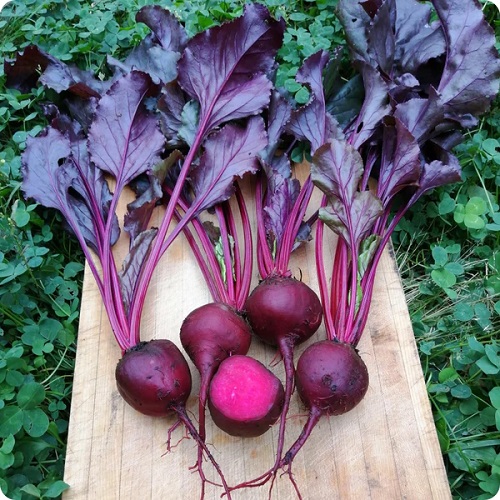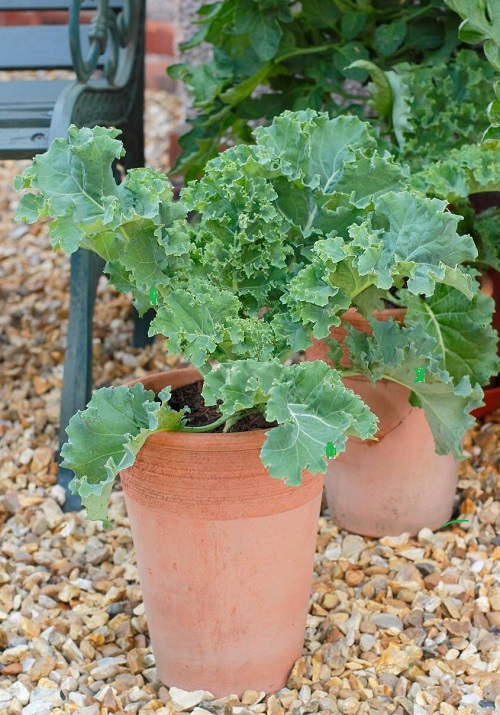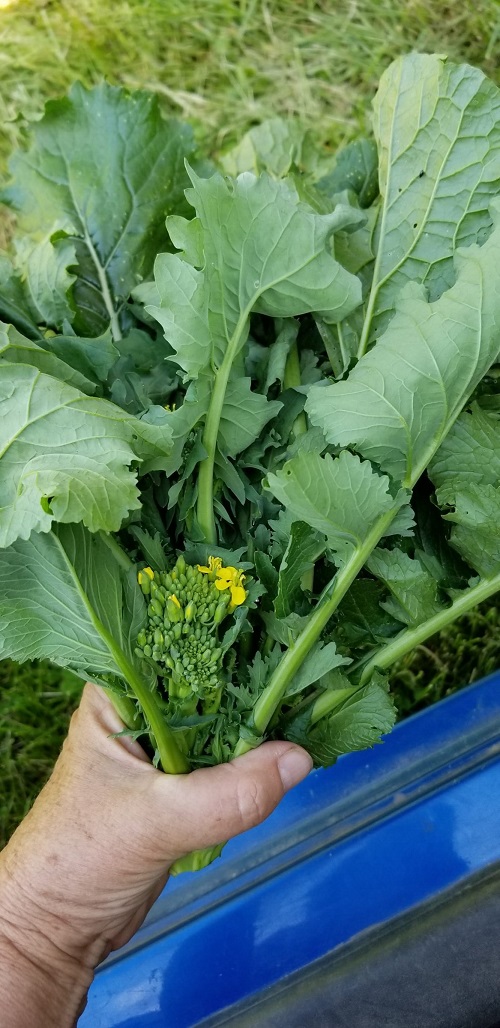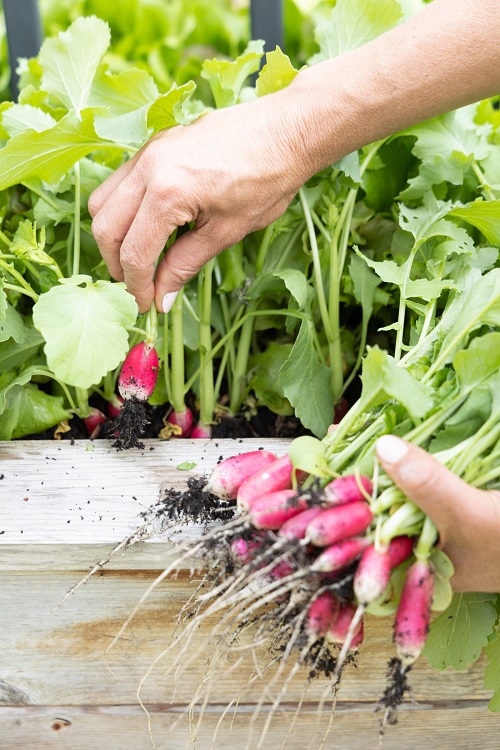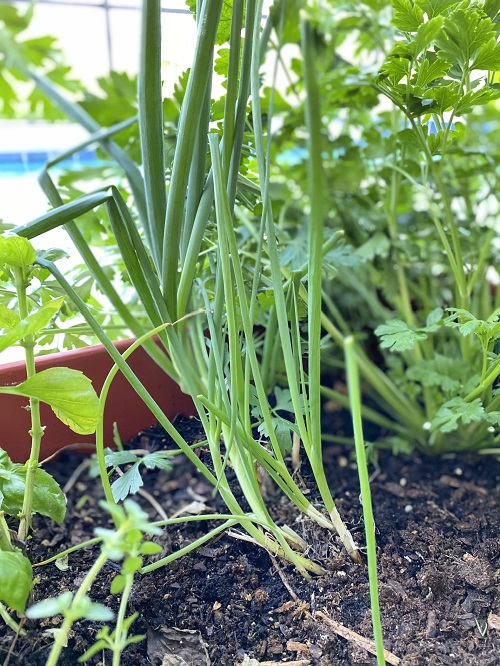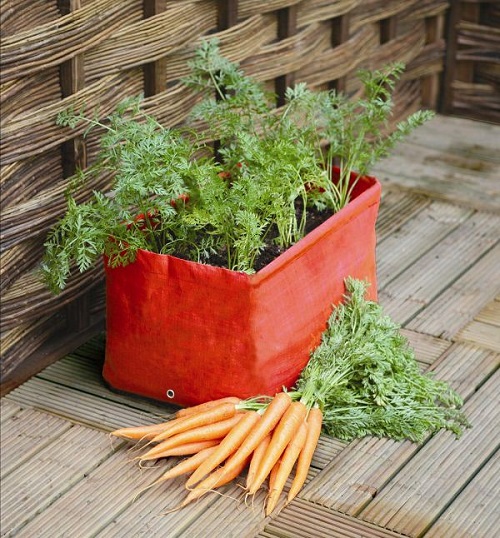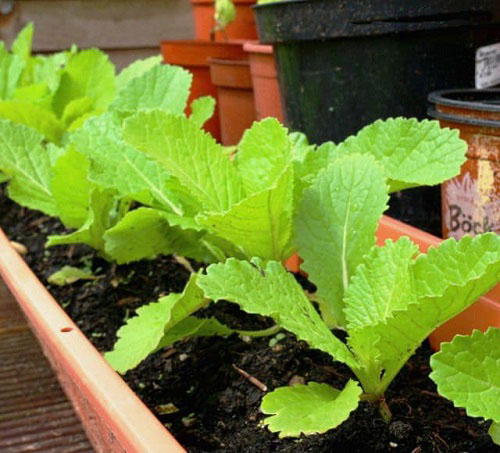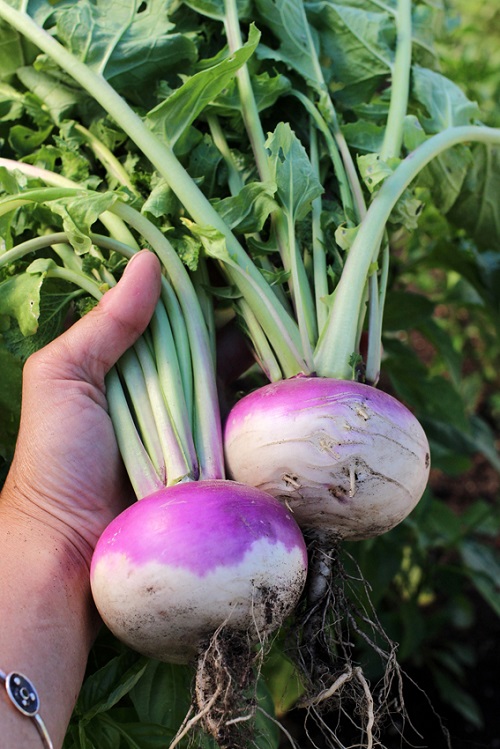Are you aware of the Vegetables You Can Plant in August and Harvest in September? If not, we have the most productive ones for you!
As the golden warmth of summer winds down, many believe it’s time to hang up their gardening gloves. Whether you’re a city dweller with limited terrace space or just someone looking to optimize their garden yield, here’s a list of Vegetables You Can Plant in August and Harvest in September!
Check out Best Fall Garden Vegetables for Texas here
Vegetables You Can Plant in August and Harvest in September
1. Beets
Why Choose Them?
- Versatility: Both the roots and the tops are edible.
- Compactness: While they need space to develop roots, they generally don’t demand a lot of garden real estate.
Growing Tips:
Beets need deep, well-drained soil. Avoid overwatering, but don’t let them dry out completely.
Growing Beets in Containers | How to Grow Beets in Pots
2. Kale
Why Choose Them?
- Hardy Nature: Kale is robust and can handle a variety of conditions.
- Vertical Growth: Perfect for those with limited horizontal space.
Growing Tips:
Kale thrives in cooler temperatures. Plant in a sunny spot and water regularly.
3. Endive
Why Choose Them?
- Continual Harvest: Individual leaves can be picked as the plant continues to grow.
- Compact Size: Endive forms neat rosettes, ideal for tight garden spaces.
Growing Tips:
Endive prefers cooler weather and well-draining soil. Ensure consistent moisture.
4. Broccoli Raab (Rapini)
Why Choose Them?
- Quick Maturation: Unlike traditional broccoli, raab matures much faster.
- Entirely Edible: From its tender stalks to the blooms, every part is delicious.
Growing Tips:
Plant in fertile soil in a sunny location. Regular watering will promote rapid growth.
5. Fenugreek

Why Choose Them?
- Multifunctional Plant: Use the leaves in dishes and the seeds as spices or sprouts.
- Space-Efficient: It grows faster, making it suitable for small gardens and balconies.
Growing Tips:
Fenugreek prefers full sun and moderately rich soil. It requires regular but not excessive watering.
How to Grow Fenugreek | Growing Fenugreek In Pots & Care
6. Radishes
Why Choose Them?
- Speed: Radishes are the sprinters of the vegetable world.
- Space: They need very little elbow room, making them perfect for shallow containers or tight garden spaces.
Growing Tips:
Ensure they receive adequate sunlight (at least 6 hours) and avoid overwatering. Opt for varieties like ‘Cherry Belle’ or ‘French Breakfast’ for a delightful crunch in salads or sandwiches.
7. Spinach
Why Choose Them?
- Versatility: Spinach can thrive in both cool and slightly warmer temperatures.
- Compactness: Given its upright growth, spinach is ideal for balcony planters and small garden beds.
Growing Tips:
Keep the soil consistently moist. As a bonus, spinach can be harvested as ‘baby leaves’ or allowed to mature for a fuller flavor.
8. Arugula (Rocket)
Why Choose Them?
- Flavor: Its peppery bite is a lovely addition to late-summer salads.
- Growth Pattern: Arugula has a non-spreading habit, making it great for pots.
Growing Tips:
Like spinach, you can pick young leaves for a milder taste or wait for mature leaves for a spicier kick.
9. Asian Greens
Why Choose Them?
- Unique Choice: Asian greens like bok choy and mizuna are less common in traditional gardens, giving you a chance to stand out! They are also delicious!
- Space: Their upright growth makes them suitable for smaller spaces.
Growing Tips:
Ensure good drainage for these greens. They prefer cooler temperatures, so a spot that receives partial shade might be ideal.
10. Lettuce
Why Choose Them?
- Quick Harvest: Certain varieties can be ready in as little as 30 days.
- Variety: From Romaine to Butterhead, there’s a lettuce type to suit every palate.
Growing Tips:
Lettuce roots are shallow, making them perfect for window boxes or shallow planters. Ensure consistent moisture for the best yield.
Growing Lettuce In Containers | How To Grow Lettuce In Pots
11. Green Onions (Spring Onions)
Why Choose Them?
- Growth: They grow vertically, occupying minimal space – which makes them perfect for someone having a small space as they can grow a lot quickly!
- Harvest Speed: Young green onions can be harvested in as little as 3-4 weeks.
Growing Tips:
Plant in a location with full sun to partial shade and water regularly.
12. Baby Carrots
Why Choose Them?
- Space-Saving: These aren’t the long-rooted varieties but the short and stout types, perfect for pots!
- Quirky Factor: There’s something uniquely satisfying about growing these mini-veggies.
Growing Tips:
Opt for a deeper pot or container. Keep the soil moist, but avoid waterlogged conditions.
13. Swiss Chard
Why Choose Them?
- Visual Appeal: Their vibrant stems can light up any garden space.
- Space Factor: Chard has a vertical growth habit, ideal for restricted spaces.
Growing Tips:
Chard isn’t picky about sunlight, so partial shade works. Ensure the soil is well-draining but remains consistently moist.
14. Mustard Greens
Why Choose Them?
- Flavor: They add a spicy kick to salads or can be cooked to mellow out their bite.
- Compact Growth: They grow in tight clusters, making them suitable for small garden spaces.
Growing Tips:
They prefer cooler temperatures and consistently moist soil. If the taste gets too spicy, a touch of frost can mellow them out.
15. Turnips
Why Choose Them?
- Double Bounty: Not only are the roots edible, but young turnip greens are a delicacy too!
- Space-Efficient: While they need a bit of depth for the roots, they don’t sprawl out and consume garden space.
Growing Tips:
Choose a deeper container or a raised bed. They need loose, well-draining soil.

